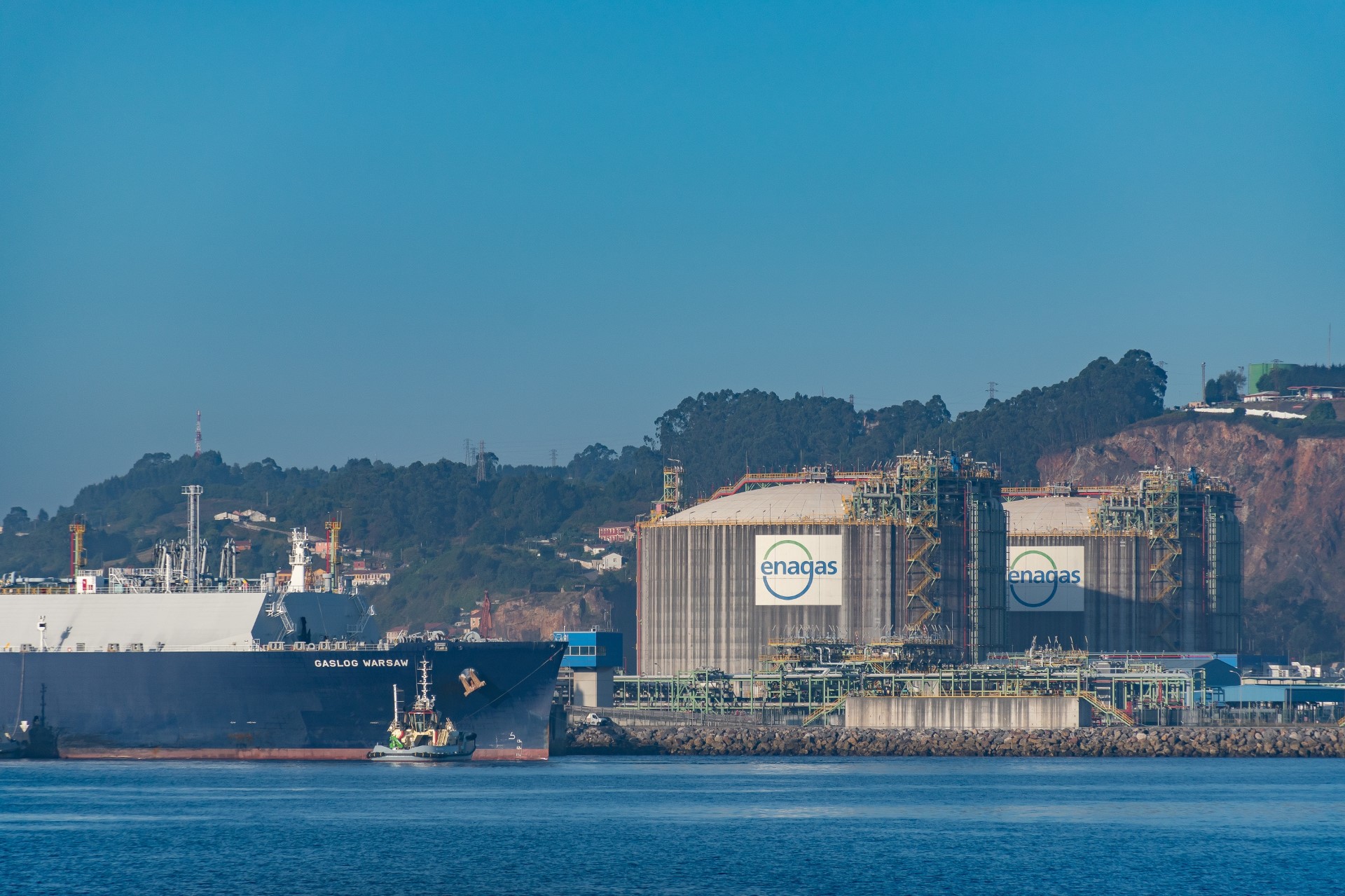Spanish LNG terminal operator Enagas has completed the sale of a 25 percent stake in the El Musel LNG terminal in Gijon to compatriot Reganosa.
The two firms announced this deal worth 95 million euros ($99.5 million) earlier this year.
In addition to the stake sale, Enagas purchased Reganosa’s 130 km gas pipeline network for about 54 million euros ($56.6 million) and has taken Reganosa’s position as promoter of the hydrogen pipeline between Guitiriz (Lugo) and Zamora.
Enagas announced in a statement issued last week that the two firms have completed the transaction following the receipt of necessary approvals.
“This transaction favors the creation of a major energy hub in the northwest of the Iberian Peninsula, which in turn will strengthen Spain’s role as Europe’s renewable hydrogen enclave and will integrate renewable hydrogen production in the region with future hydrogen corridors in the Iberian Peninsula,” it said.
Musel E-Hub
Enagas also said that the El Musel regasification plant will be renamed Musel E-Hub.
Since commissioning, the terminal received four vessels – two in trials and two in commercial unloading operations, according to the firm.
In August, Enagas announced the first commercial delivery to the El Musel LNG terminal.
Spanish power group Endesa brought the shipment from the US onboard the 2019-built 180,000-cbm, GasLog Warsaw.
Prior to that, Enagas said that Endesa is the winner of a capacity allocation process for logistics services at the El Musel LNG terminal in Gijon.
Endesa began operations under the contract for the terminal’s logistics services on July 31.
The logistics services offered for this infrastructure include LNG unloading, storage, and also loading operations.
Enagas says the facility can contribute up to 8 bcm of LNG capacity per year to Europe’s security of energy supply.
The facility allows the berthing of vessels with a capacity of between 50,000 cbm and 266,000 cbm.
Also, the LNG terminal has two tanks each with a capacity of 150,000 cbm and two tanker loading bays with a capacity to load a maximum of 9 GWh/d, and a maximum emission capacity of 800,000 Nm3/h.

